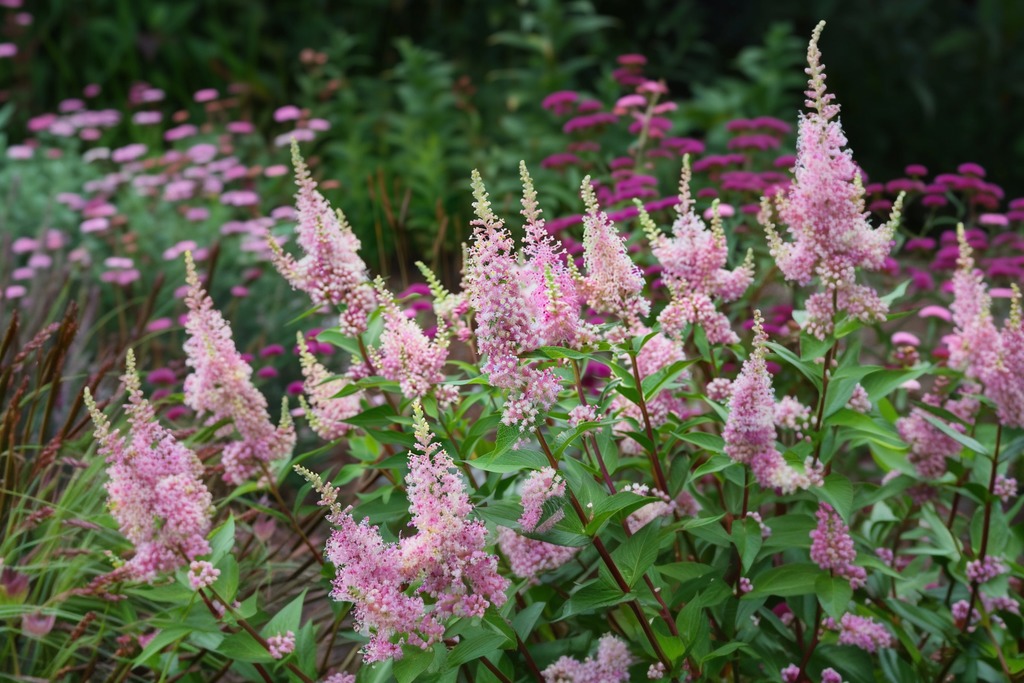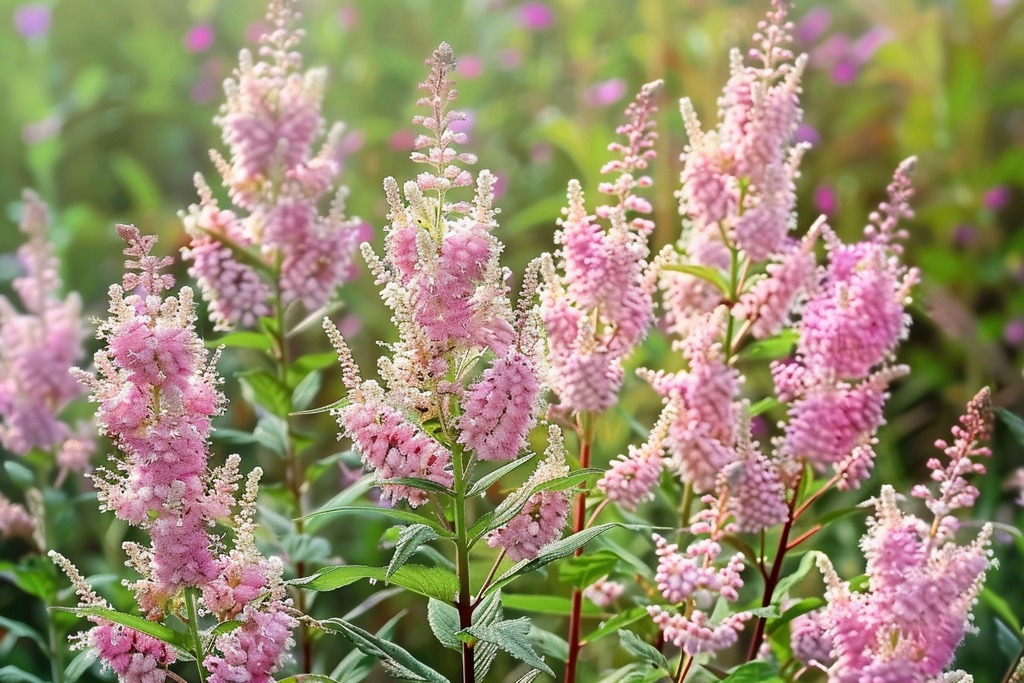Imagine walking through the coastal plains of North Carolina, where the air is fresh with a salty breeze, and you stumble upon a flush of pink that catches your eye. This is the Steeplebush (Spiraea tomentosa), an often-overlooked native shrub that deserves a spot in the limelight. In this blog, we’ll dive into the fascinating history of Steeplebush, explore its myriad benefits, and provide you with practical tips on how to cultivate this beautiful plant in your own backyard.
Please note: The Cameron Team has not been paid or received any other compensation to include any of the products featured on this post, but the author has included affiliate links and content. If you click on a link, they may earn a commission – a high-five for great content!
A Stroll Through History: The Steeplebush Legacy
Steeplebush, or Spiraea tomentosa, is part of the rose family and has been flourishing in the moist soils of North Carolina’s coastal regions for centuries. Historically, this plant has not only graced the landscapes with its beauty but also served practical uses among Native American tribes. These indigenous peoples traditionally used Steeplebush for its medicinal properties, utilizing the leaves and flowers to treat various ailments such as diarrhea and sore throats.
During the colonial period, Steeplebush gained recognition for its hardy nature and was used in soil stabilization projects along riverbanks to prevent erosion. Its presence along these coastal shores tells a story of ecological adaptation and cultural significance that often goes unnoticed in the modern botanical discourse.
Environmental Benefits: More Than Just a Pretty Face
Steeplebush is a powerhouse when it comes to ecological benefits. Its dense growth habit makes it an excellent choice for wildlife habitats, providing shelter and nesting grounds for various bird species, while its flowers are a valuable source of nectar for pollinators like bees and butterflies. This makes it an essential component of a biodiverse ecosystem.
Moreover, Steeplebush plays a crucial role in maintaining the health of its native habitats. It helps in stabilizing soil and preventing erosion, particularly in its natural wetland environments. Its ability to thrive in damp conditions also makes it a natural solution for managing wet areas in landscapes, contributing to water purification and groundwater recharge.
Cultivation Tips: Growing Steeplebush in Your Garden
If you’re intrigued by the charm and benefits of Steeplebush and considering adding it to your garden, here are some tips to help you get started:
- Choosing the Right Spot: Steeplebush thrives in full sun to partial shade. It prefers moist, well-drained soils, making it perfect for areas near ponds, streams, or in naturally damp parts of your garden.
- Planting: When planting Steeplebush, space the plants or seeds about 2 to 3 feet apart to allow for mature growth. The soil should be rich in organic matter; mixing in some compost at the time of planting will give your plants a good start.
- Watering: This plant likes moisture, so regular watering is essential, especially if you’re not in a naturally damp area. However, be careful not to water-log the roots, as balance is key.
- Pruning: Prune Steeplebush in late winter or early spring before new growth begins. This encourages a bushier growth and more prolific blooming. Deadheading, or removing spent flowers, will also promote further flowering.
- Pest and Disease Management: Fortunately, Steeplebush is relatively resistant to pests and diseases. Keeping an eye on soil moisture and avoiding overcrowding will help prevent any potential issues.
In Conclusion: A Forgotten Native Worth Remembering
Steeplebush (Spiraea tomentosa) is more than just a native plant; it’s a part of the ecological and cultural fabric of Coastal North Carolina. By incorporating Steeplebush into our landscapes, not only do we enhance the beauty of our gardens, but we also support local wildlife and contribute to the preservation of our natural heritage. Whether you are a seasoned gardener or a budding green thumb, consider giving this underappreciated native a place in your garden. It’s not just planting a shrub; it’s reviving a piece of history.





